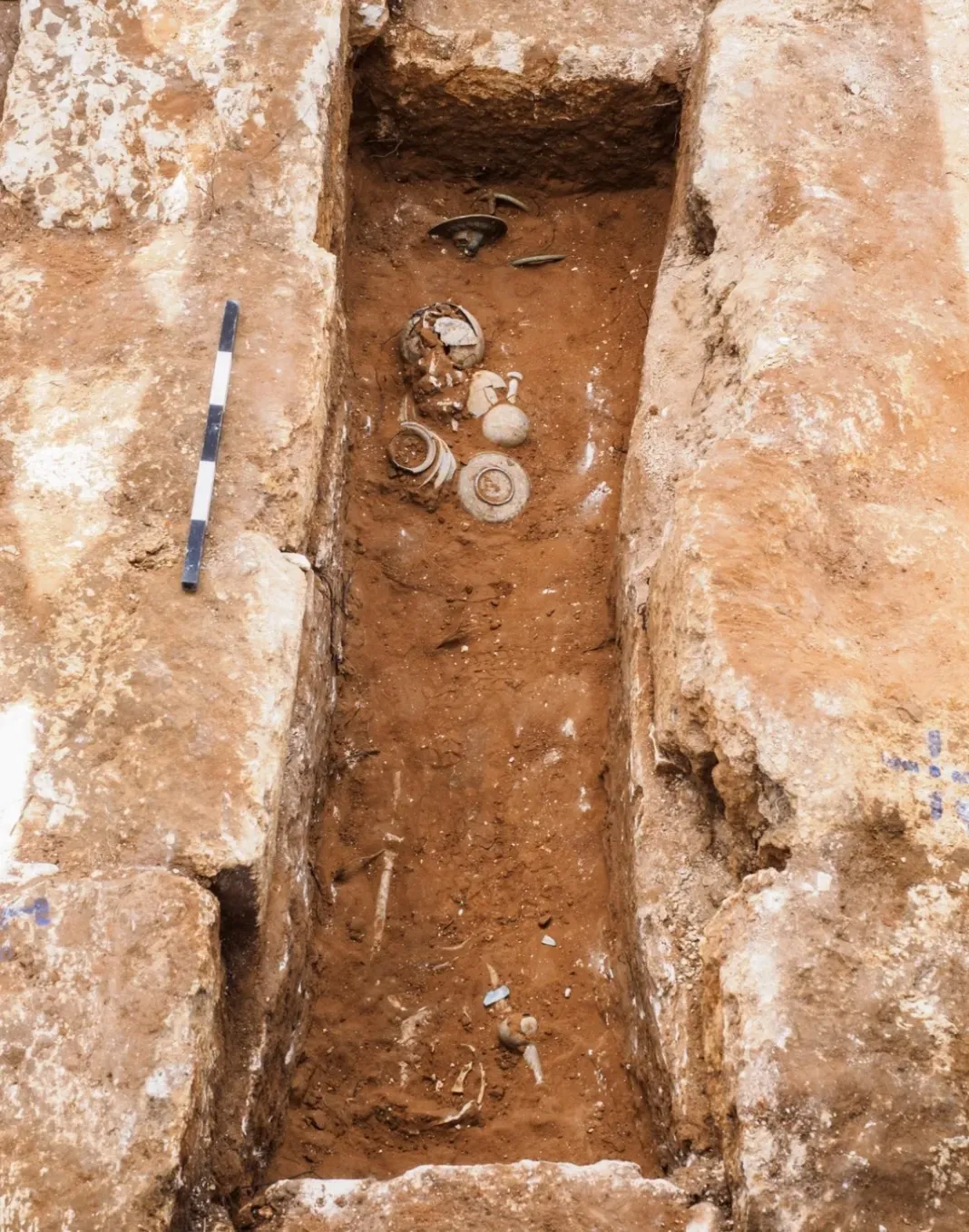2,000-year-old discs cause confusion

These rare bronze discs, unearthed by the Israel Antiquities Authority during excavations at the site of Khirbat Ibreika, were unearthed during a rescue excavation conducted ahead of the railway construction. The excavations uncovered eight Roman-era graves lined with stones, and the discs were discovered neatly stacked at the southern end of one of the tombs.
Alongside the disks, four bronze ring-shaped handles were found attached to the tops of lion heads. While similar lion-headed disks had been found before in the Roman world, where the handles were typically found protruding from the lion's mouth, this discovery was notable for having the handles mounted on the heads.
Excavation leaders Elie Haddad and Elisheva Zwiebel described this as a “unique and rare set of finds.” A large iron nail with wood residue on it was also discovered, indicating the presence of a wooden coffin in the tomb that had rotted away over time.
Researchers suggest the bronze discs may have been made for aesthetic decoration, but they also consider the possibility that the discs and handles were used to carry the coffin or lower it into the grave. It's possible that two long wooden rods could have been inserted into the rings to carry it.

However, the researchers point out that it doesn't make sense for all the discs to have ended up on the same side, raising the question, "If the discs were used as coffin handles, why were they found neatly stacked on one side of the grave?" This raises the possibility that the bronze discs may have had a special symbolic or ritual significance.
The lion was used by many civilizations in ancient times as a symbol of strength, courage, and nobility. In the Roman world, lions were known as protectors of fountains, palaces, tombs, and temples, and were also seen as guardians of the dead.
Researchers believe the lion motifs found at Khirbat Ibreika may indicate the high social status of the tomb's owner. They also consider the possibility that the rings may represent the "zodiac wheel" or "wheel of life," a reference to an ancient deity like Aion, who was associated with cyclical life and the zodiac.
SÖZCÜ





